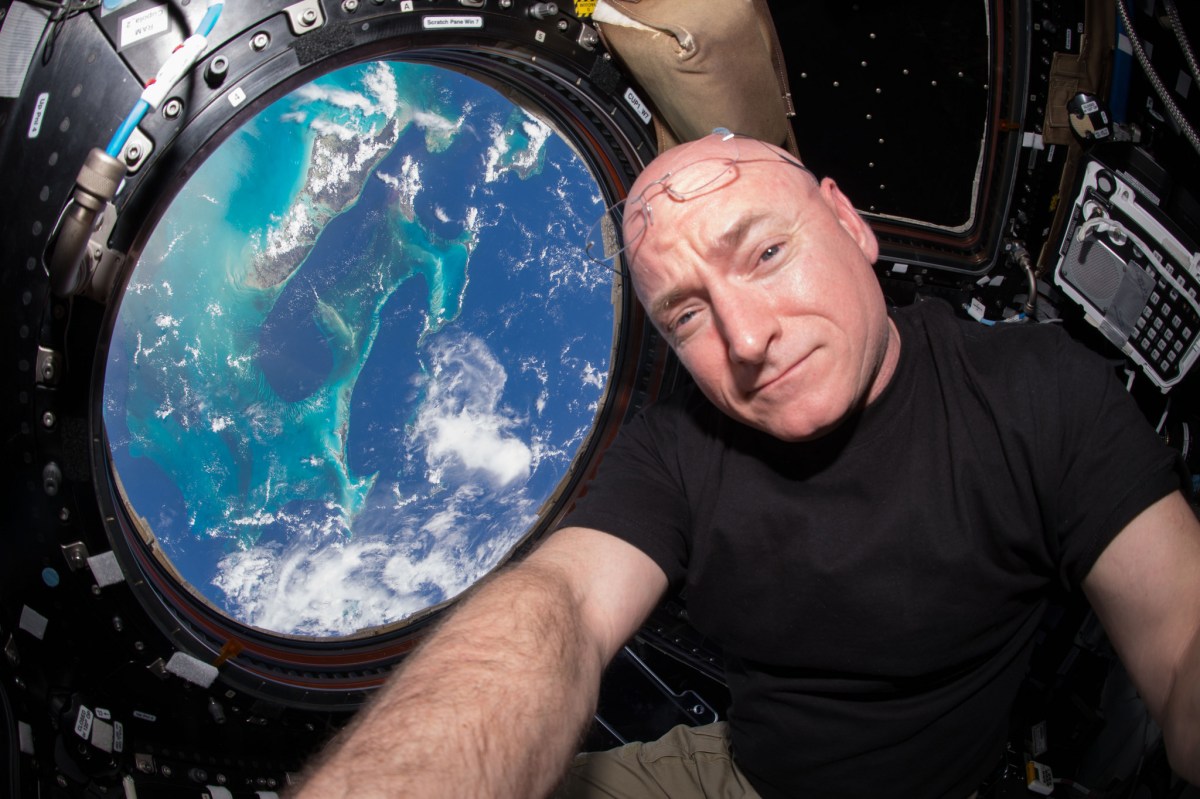On Thursday, headlines across the nation declared that after a year in space, astronaut Scott Kelly not longer had the same DNA has his identical twin. The story said that seven percent of his DNA “has not returned to normal since he returned from space.” But even though dozens of news organizations published this astounding news, citing a NASA study on the effects of space travel on the human body, the news is not true. Astronauts Mark and Scott Kelly are identical twins. In 2015, Scott flew to the International Space Station and lived there for 340 days, a record for an American astronaut. Mark stayed put on Earth. Scientists studied the twins before Scott went to space, during the mission and then again after he returned. The study detected some interesting changes to Scott after this mission. But space did not alter seven percent of Scott’s DNA. According to The Atlantic, our cells have the same genes, which are made up of the same DNA, but genes behave differently. The way genes are expressed can be affected by changes in the underlying sequence of DNA. But gene expression can also be influenced by all kinds of environmental factors, including stress and diet. The study NASA conducted found that some of Scott’s genes changed their expression while he was in space, and seven percent of those genes didn’t return to their preflight status months after he came back. But unlike the news reports said, if seven percent of Scott’s genetic code actually changed, he wouldn’t be human anymore and would have come back to Earth as a different species. The misinterpretation of the study spread like wildfire while NASA scrambled to set the record straight.
What? My DNA changed by 7%! Who knew? I just learned about it in this article. This could be good news! I no longer have to call @ShuttleCDRKelly my identical twin brother anymore. https://t.co/6idMFtu7l5
— Scott Kelly (@StationCDRKelly) March 10, 2018
Thanks for reading InsideHook. Sign up for our daily newsletter and be in the know.


















